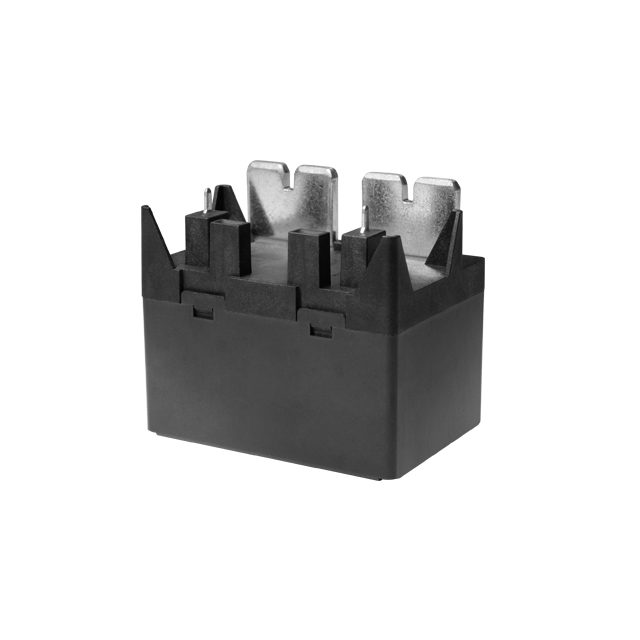In modern electrical systems, relays play a crucial role in protecting equipment, preventing faults, and ensuring the overall reliability and safety of the grid. They are essential components in circuits, controlling the flow of electricity and activating safety mechanisms when necessary. However, as electrical systems become more complex, the need for advanced relay safety features has grown significantly. This article will explore the key safety features of relays, how they work, and why they are vital for the protection of both electrical systems and human operators.

The Role of Relays in Electrical Safety Relays are automated electrical switches designed to control the flow of power within a circuit. They operate by opening or closing a set of contacts in response to a signal from the system. While relays are primarily used for control, their safety functions go beyond basic on/off operations. They are specifically engineered to detect abnormal conditions such as overcurrents, overvoltages, short circuits, or faults in the system, and act swiftly to isolate faulty components. This helps protect sensitive equipment from damage and ensures the continued safe operation of the overall system.